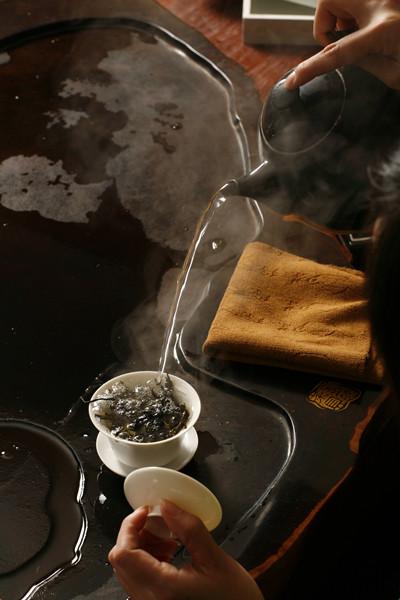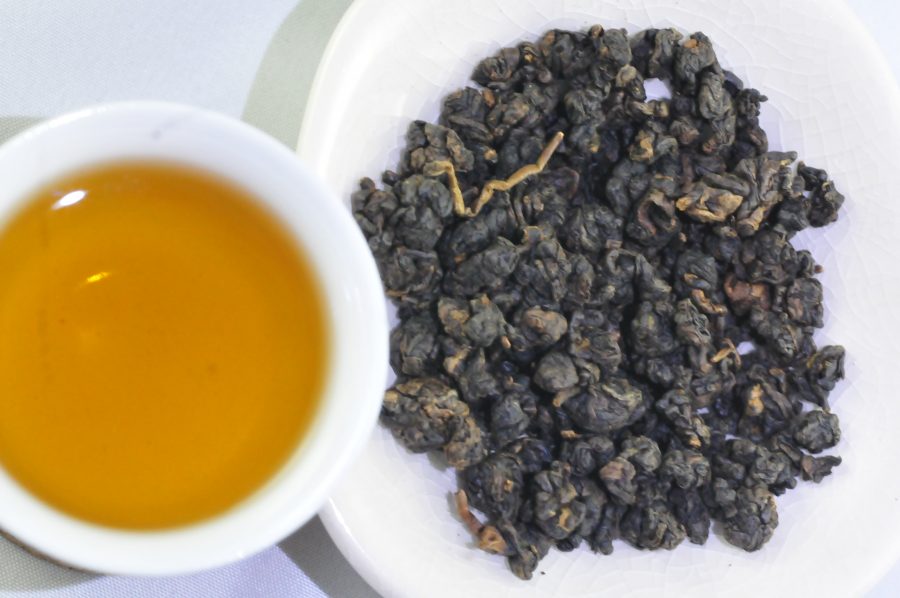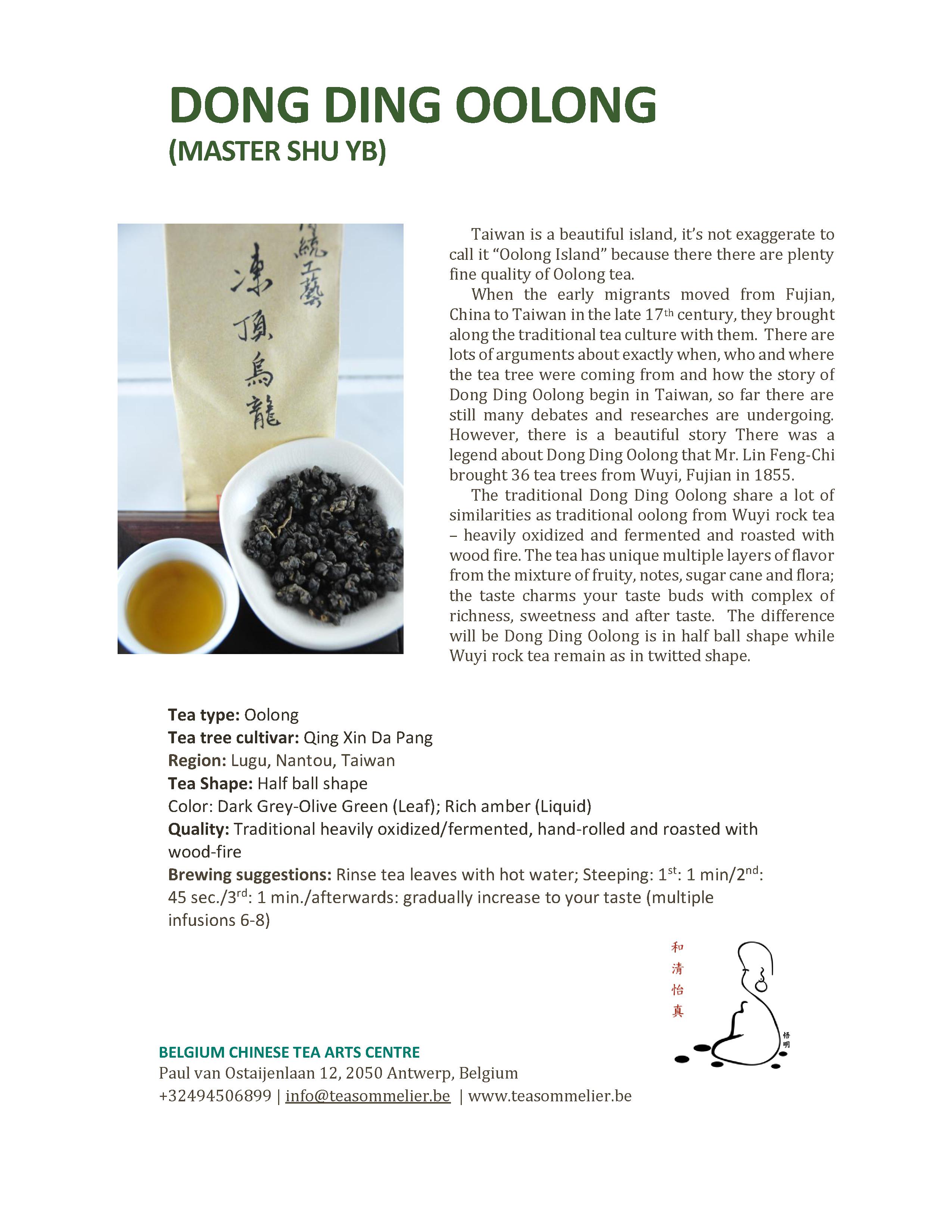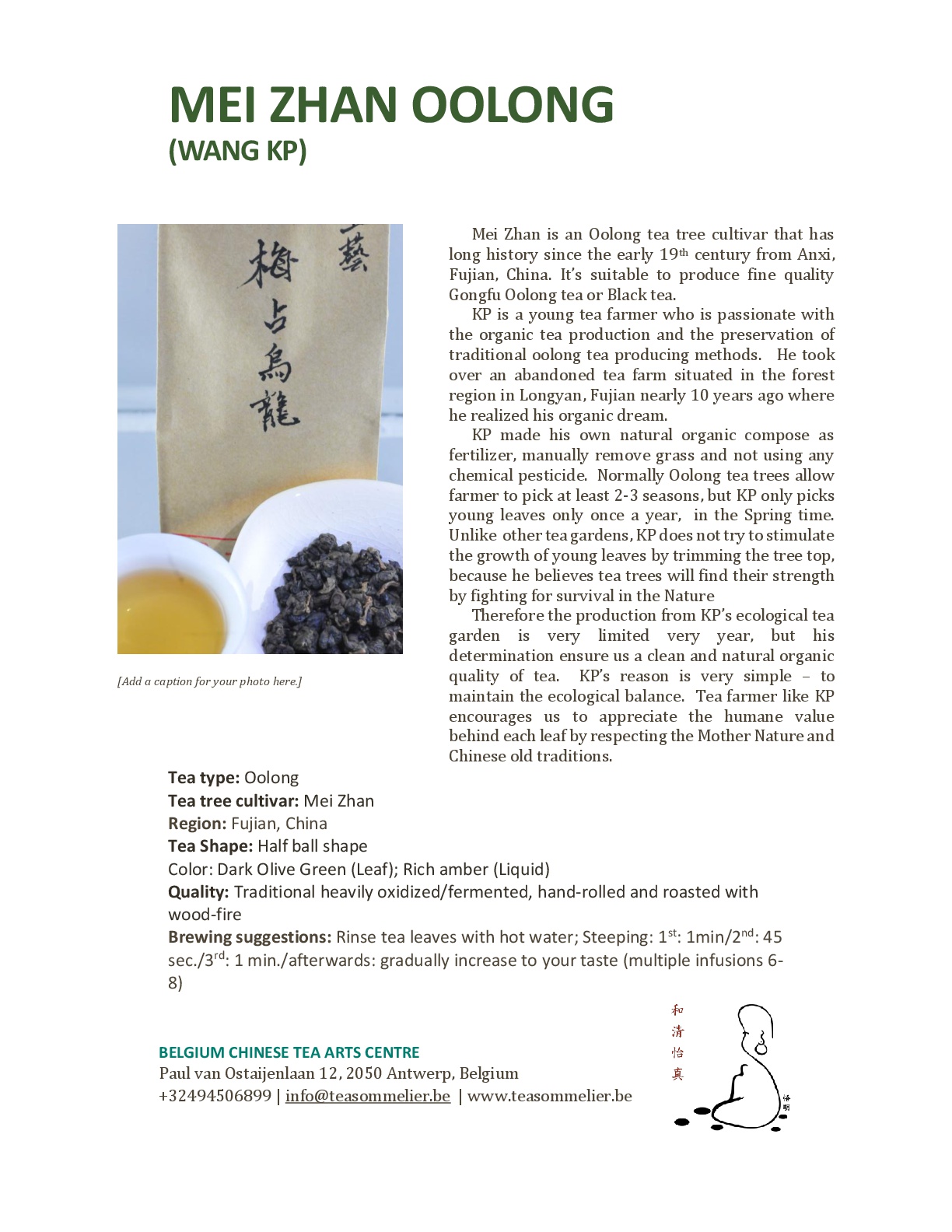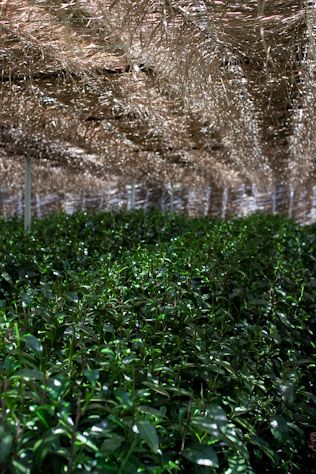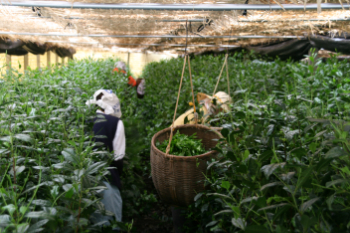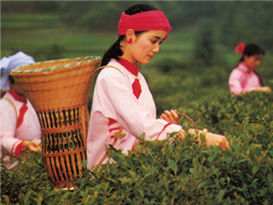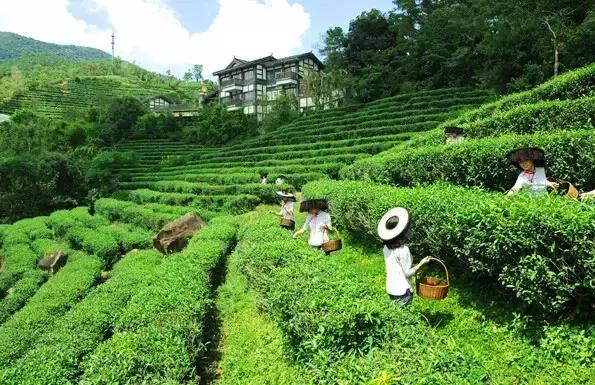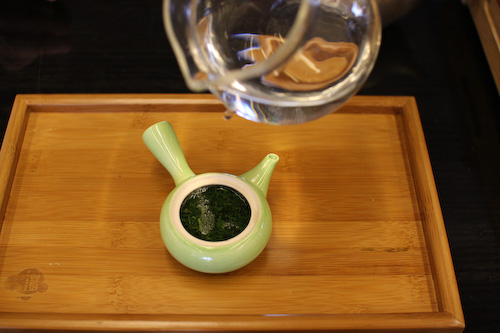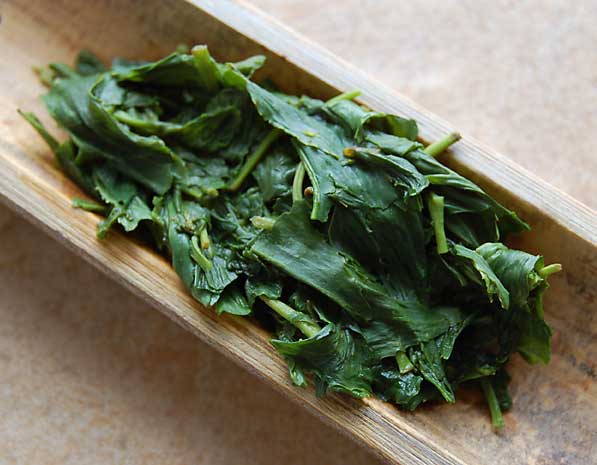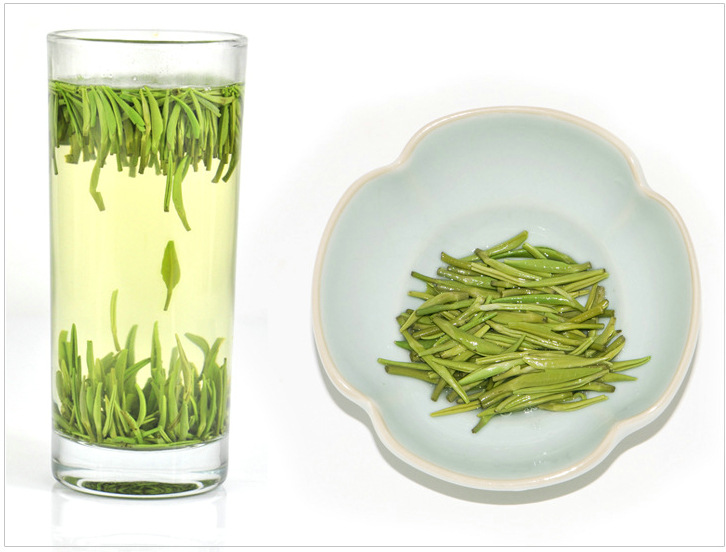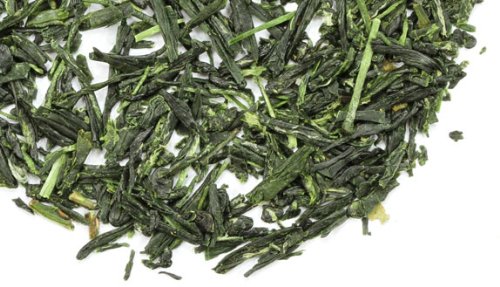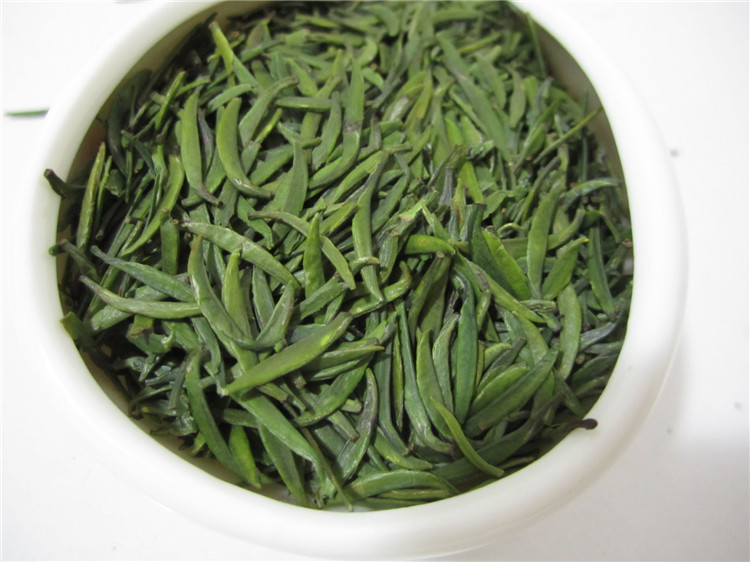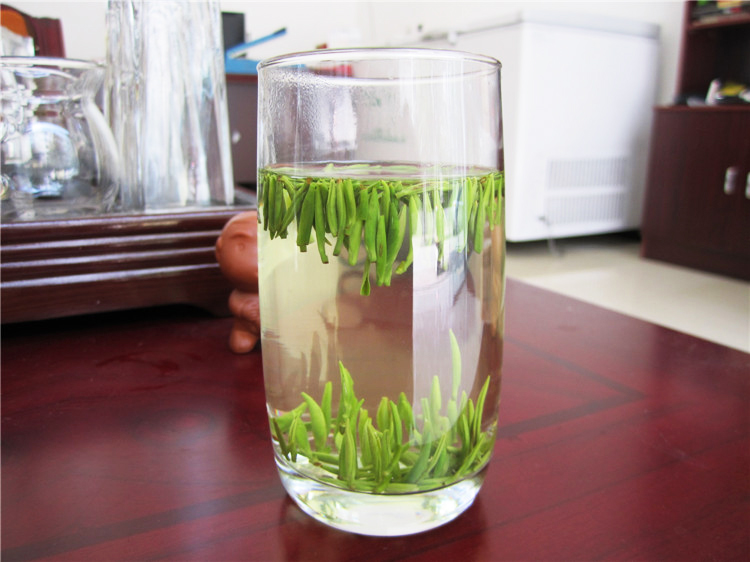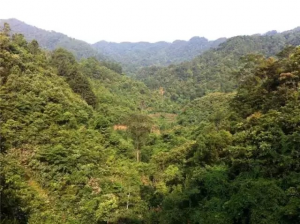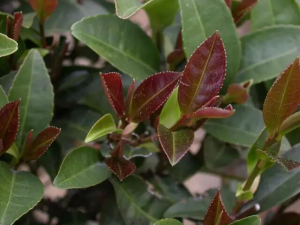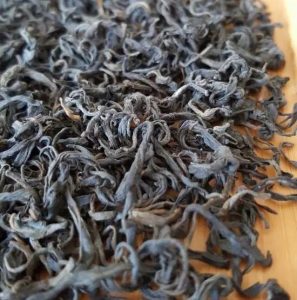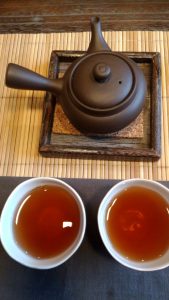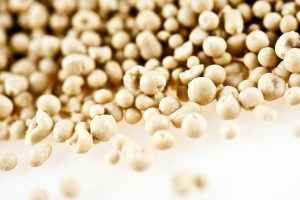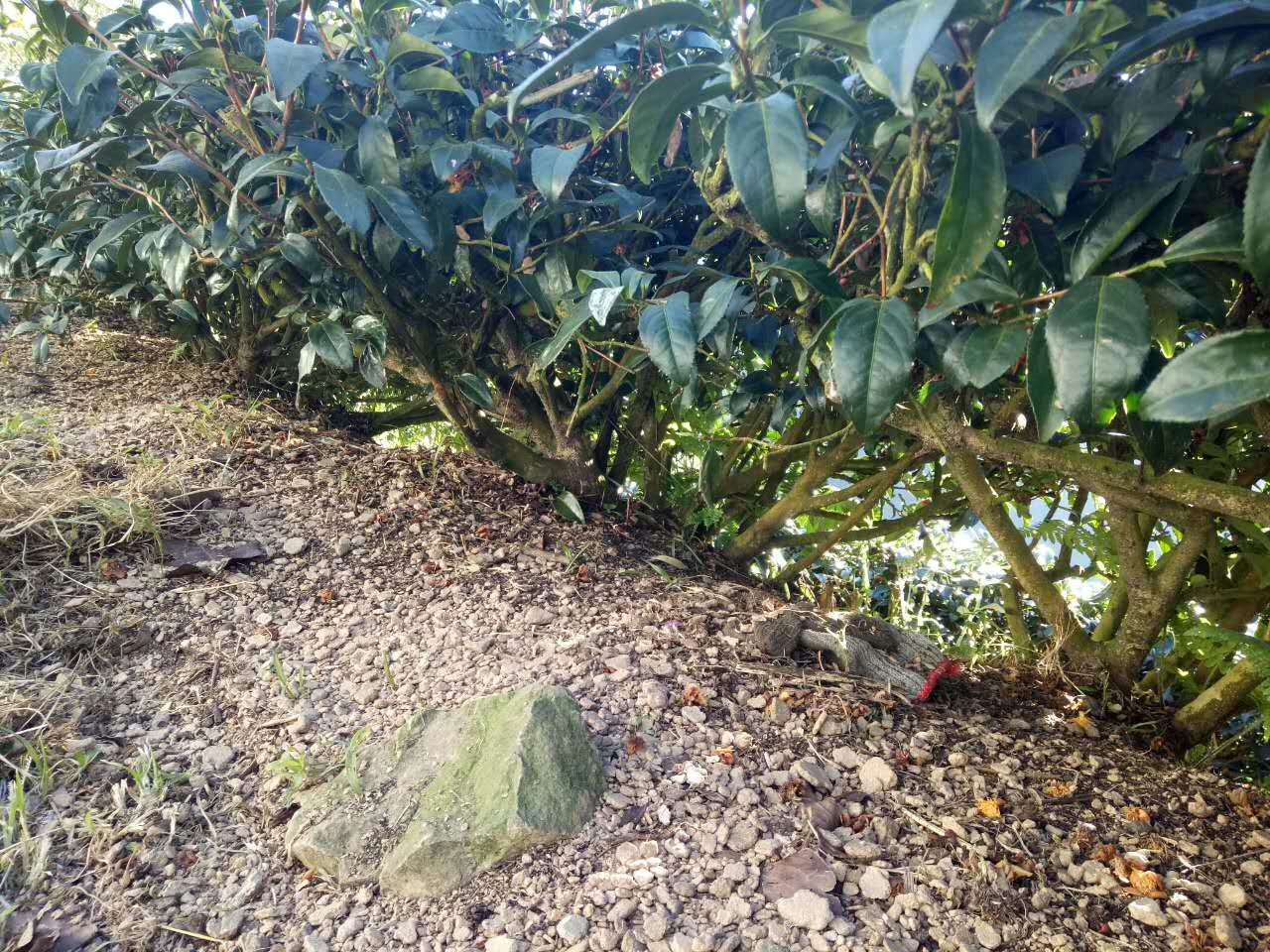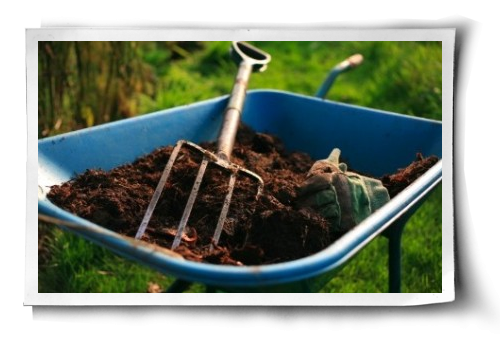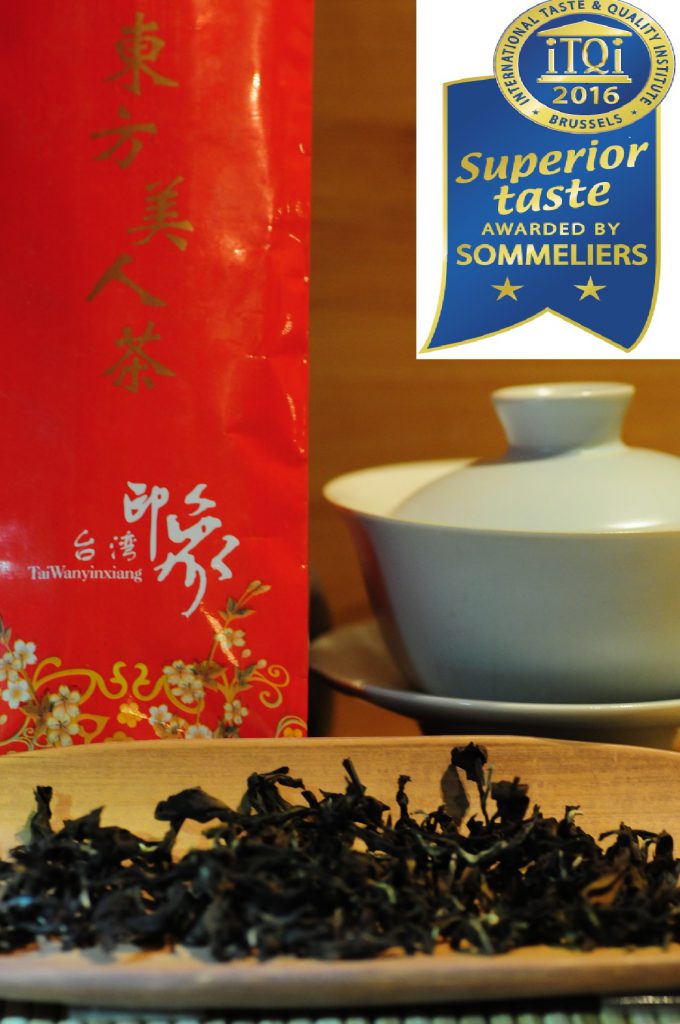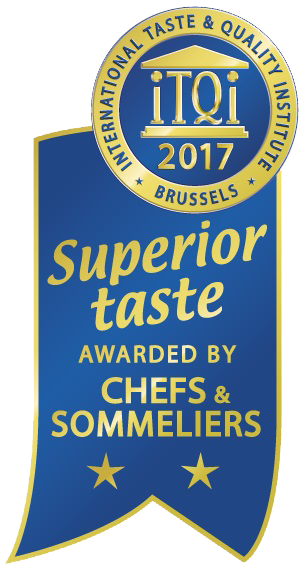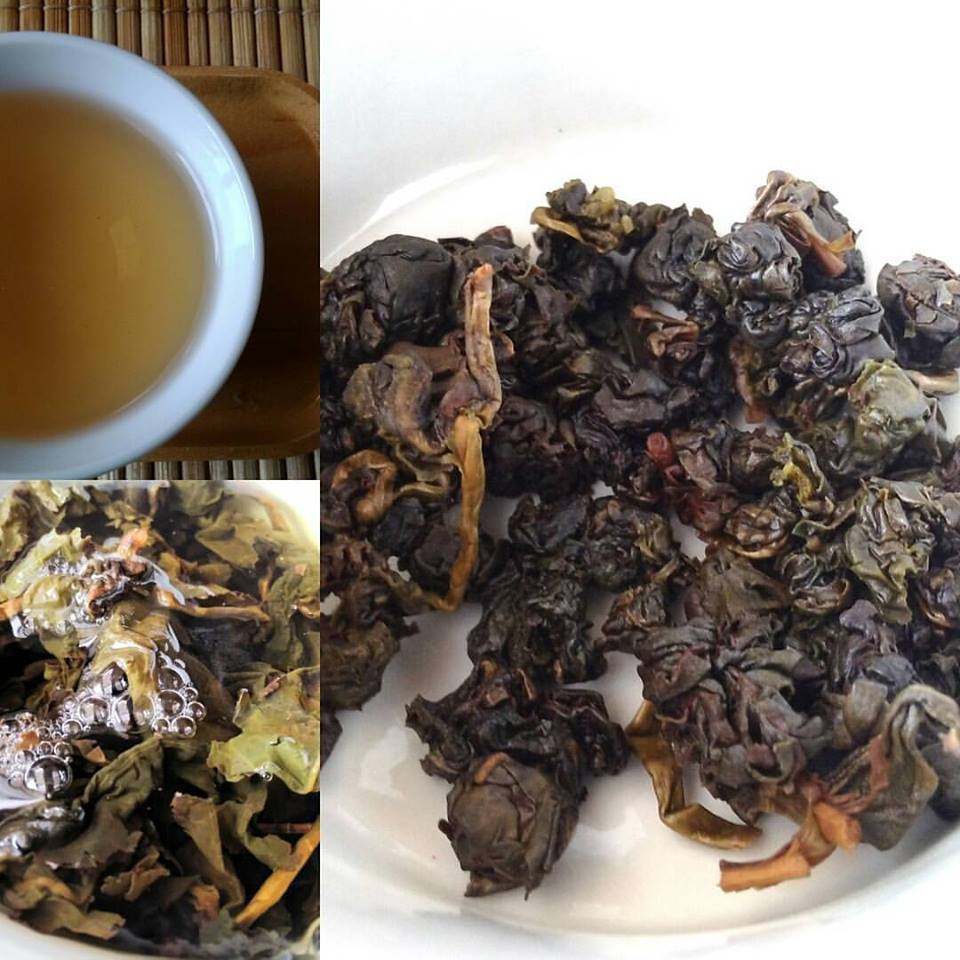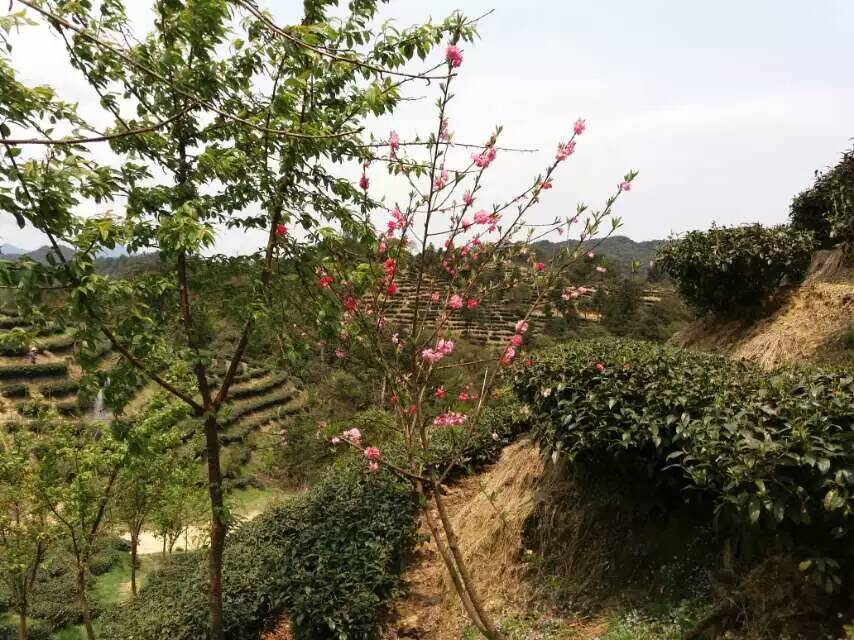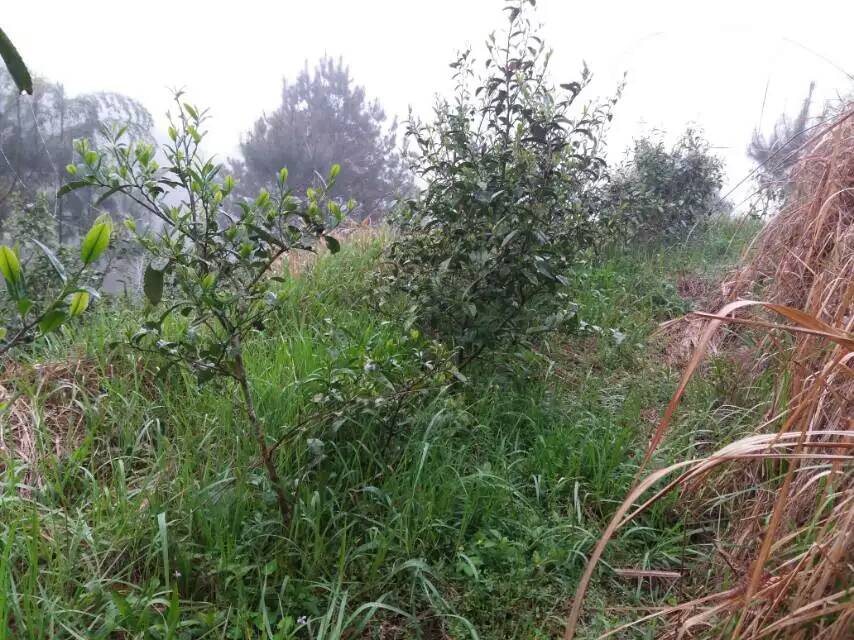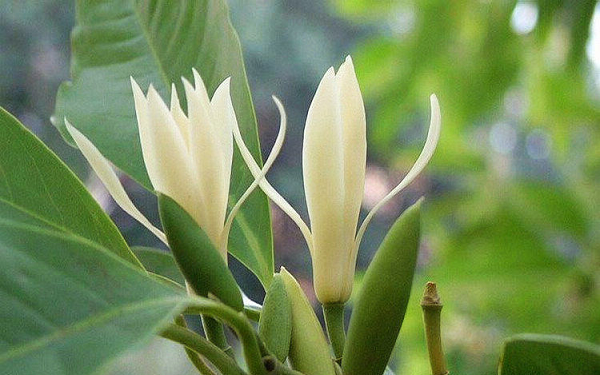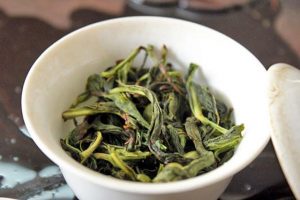An astonishing news from Taiwan newspaper upsets me a lot. I love Taiwan and I support Taiwanese tea, but now I am worrying for its future.
Wonky Tsai’s government increase the pesticide tolerance standards for 20 times
http://www.chinatimes.com/realtimenews/20170320002262-260405?from=fb_share_mobile
When China and the rest of world are trying to set more higher and tighter pesticide tolerance standards for tea and agricultural products to ensure food safety, Wonky Tsai’s government in Taiwan has just decided to increase the tolerance standards for 20 times for agricultural products by laws. Is she crazy or stupid, or perhaps both?
EU only tolerates 0.1mmp in Fluopyram, but Wonky Tsai’s new rules allow it to 6mmp (it is much more than 20 time *_*) . What was the purpose of increasing tolerance??? Apparently Wonky tsai gives a big gift in red envelop to pesticide manufacturers with this decision. I am curious to know who are behind this decision, who did the lobby jobs and who are benefit from these pesticide standards? Obviously she doesn’t care about the future for Taiwan. Now, how about the future of Taiwanese tea? How about consumer’s lights for food safety?
Does Wonky Tsai care about the future of Taiwanese tea and the health of Taiwanese people? Apparently not ! Today, Wonky Tsai again proves the damage to a country if people chose the wrong leader.

